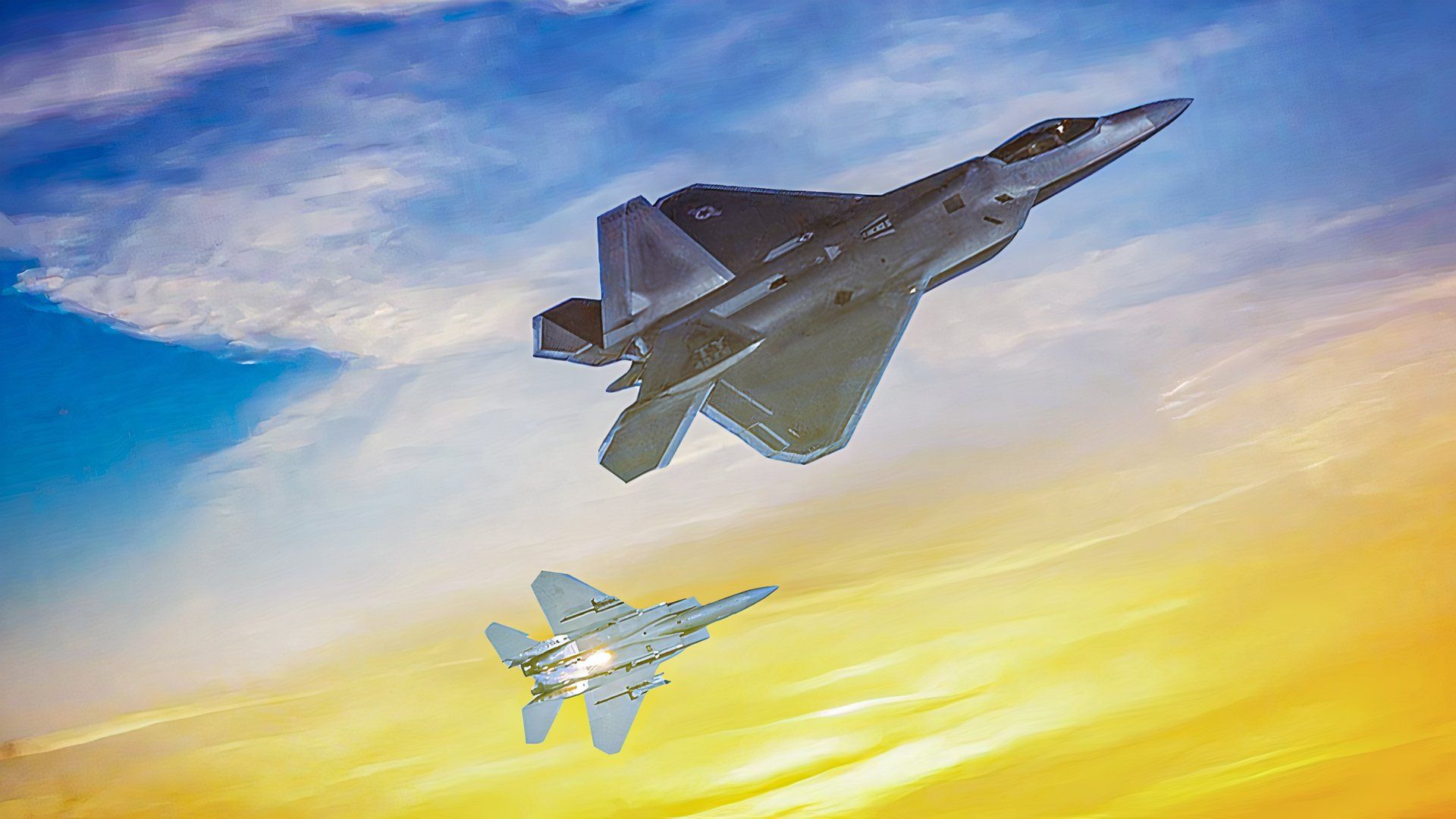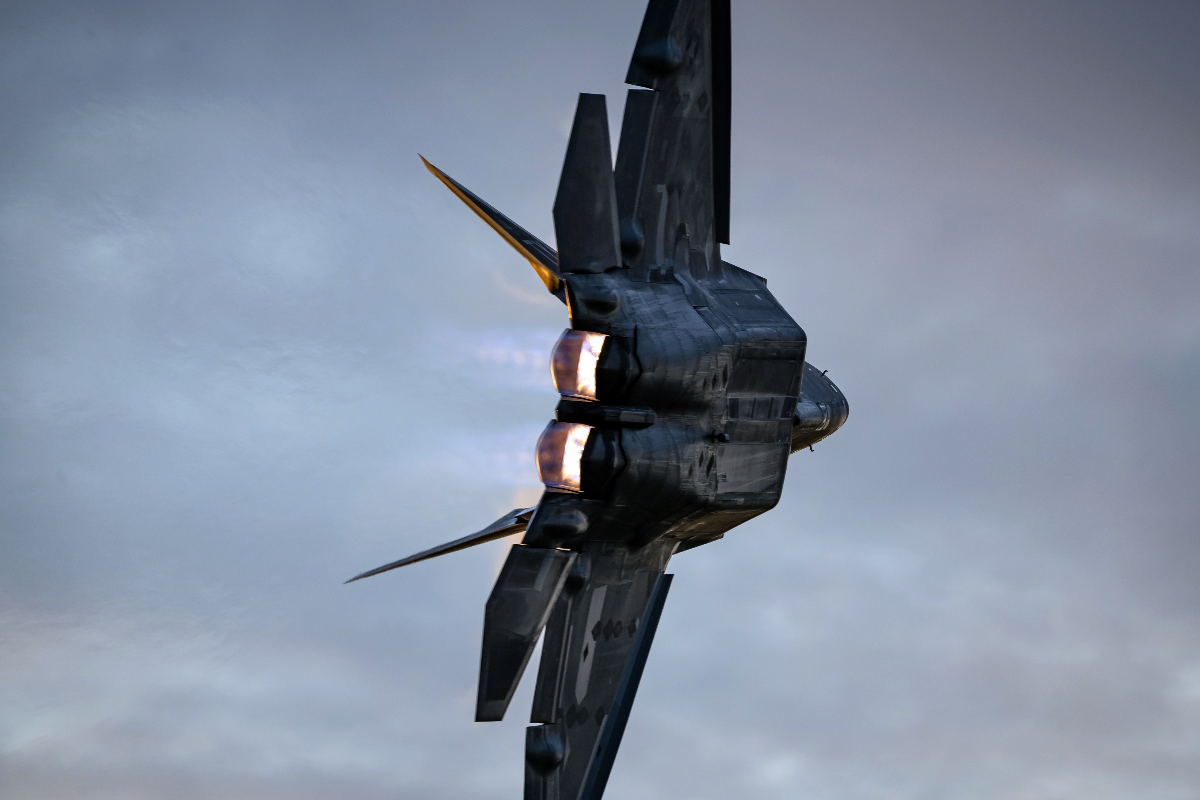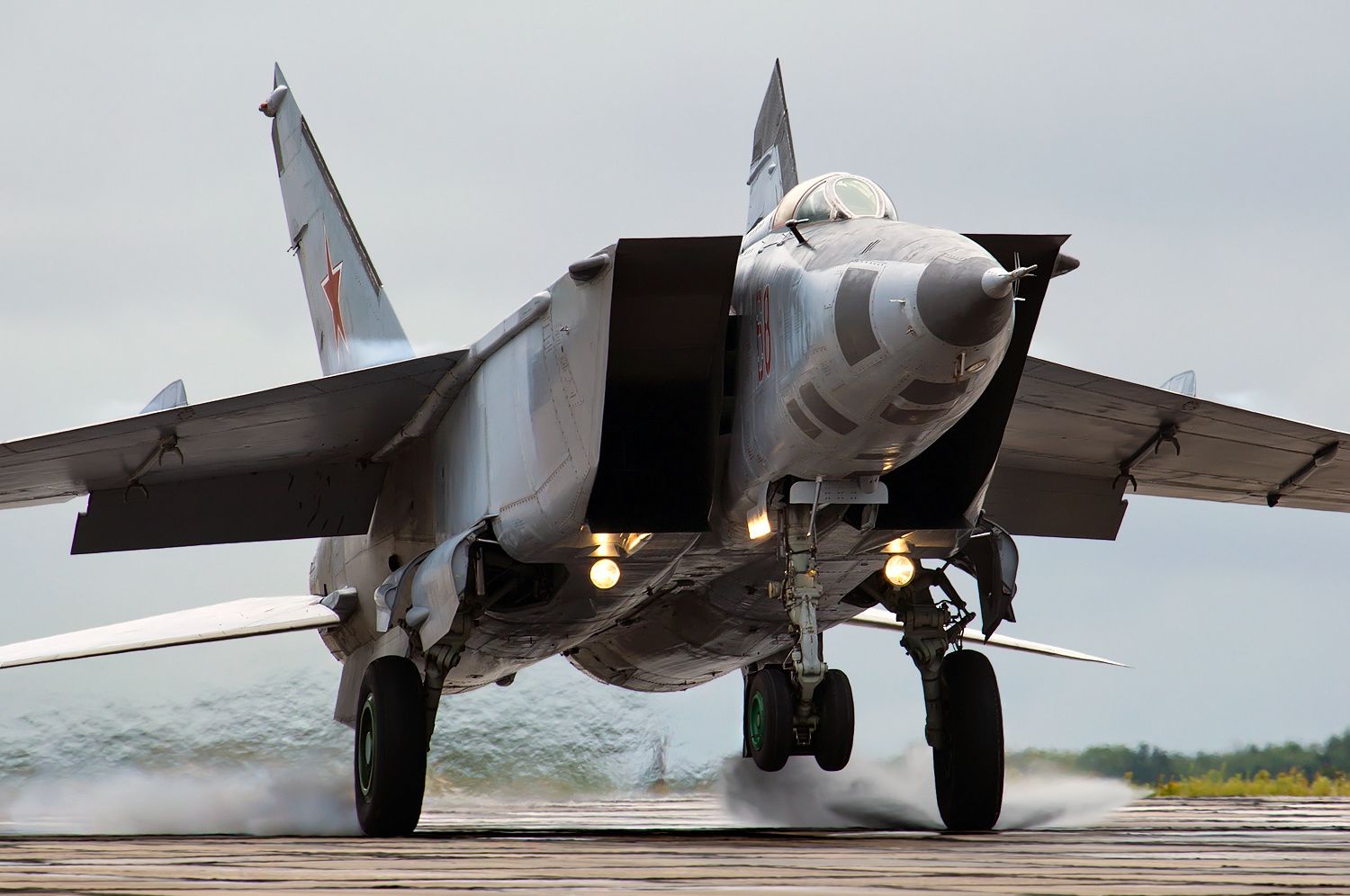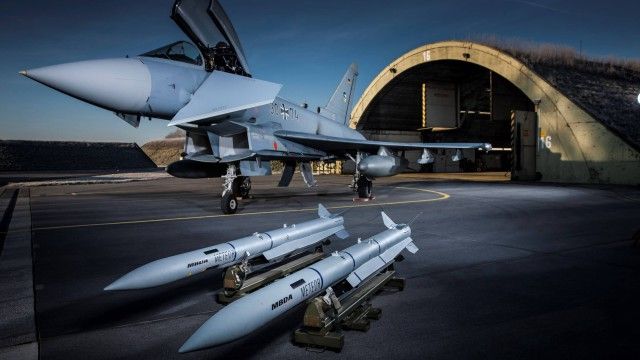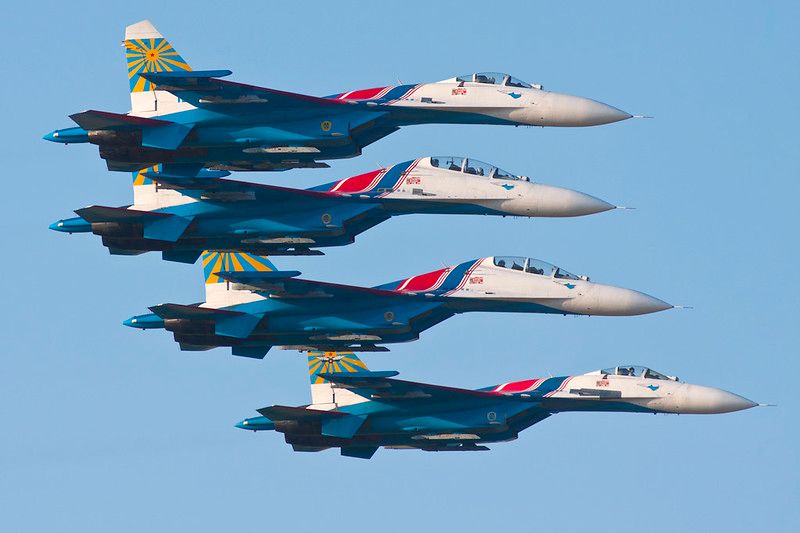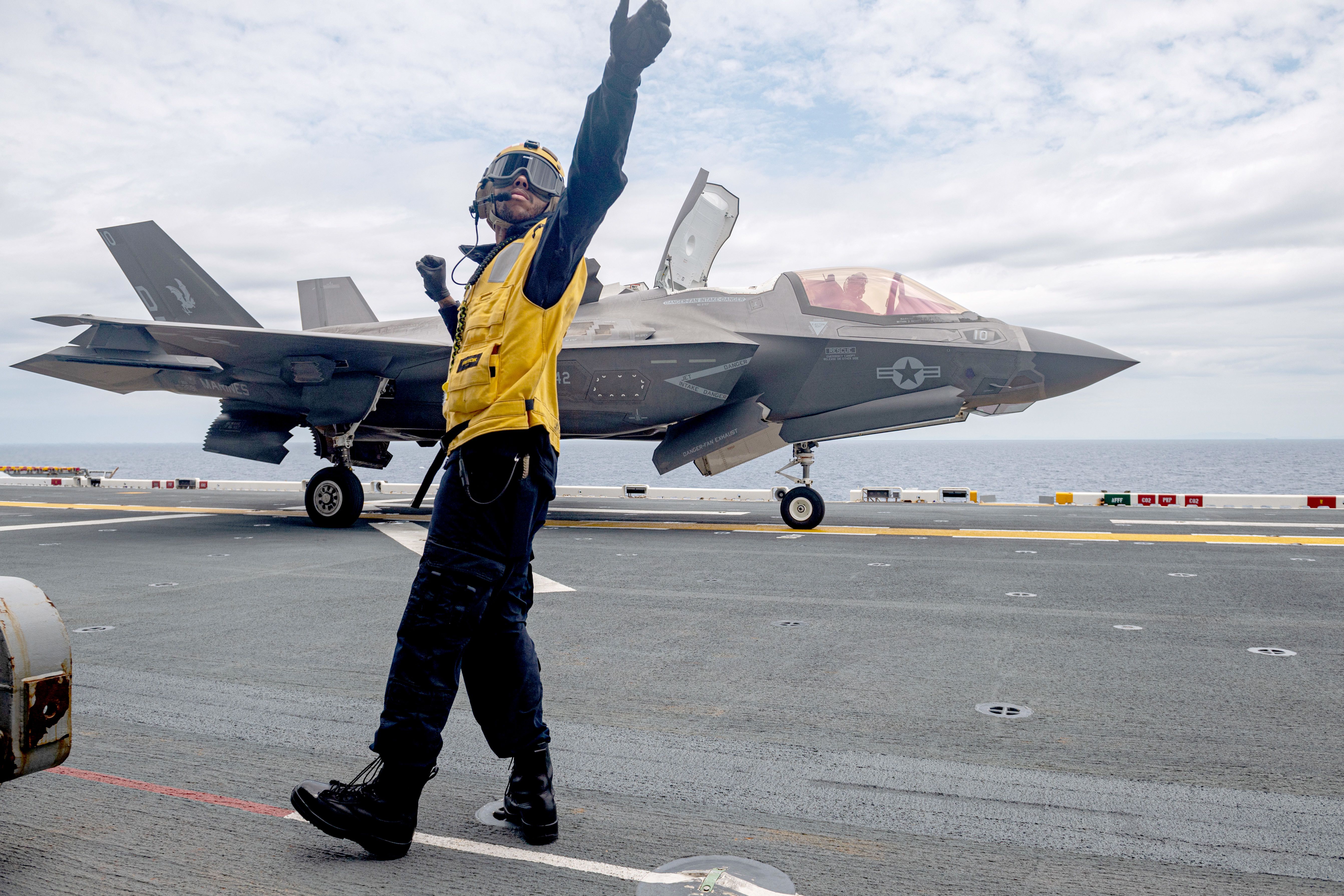Summary
- 5th and 6th-gen fighter jets prioritize stealth, long-range missiles, and beyond-visual-range detection over maneuverability.
- Modern air-to-air missiles like MBDA Meteor outrun and outmaneuver aircraft, creating a no-escape zone.
- Russian jets are noted for legacy speed and maneuverability, while Western jets are noted for stealth and superior avionics.
Does maneuverability still matter in modern air-to-air combat? Well, in a Top Gun world where Maverick lures the enemy 5th-gen fighters close enough to exchange hand signals so that Tom Crusie can use his F-14 Tomcat’s guns to down the jets. Sure. In the real world, maybe not. If maneuverability was key, then aircraft like Russia’s MiG-31 would be king as it is one of the most maneuverable (and fastest) fighter jets in the world. 5th and 6th-generation fighters seem to focus on stealth, long-range missiles, and beyond-visual-range detection.
The tale of 5th- and 6th-gen fighters
Assuming modern air forces are putting their money where their mouth is, then the age of the dogfight is over. While F-22s and F-35s can dogfight, that is not what they are intended to do. They (especially the F-22 Raptor) are designed to get the first look, first shoot, and first kill capability. They are intended to shoot down enemy aircraft before that aircraft even knows there is a fight to be had.
Photo: US Air Force
|
Country: |
6th-gen fighter jets in development: |
|---|---|
|
France, Germany, Spain: |
Future Combat Air System (FCAS) |
|
United States (Air Force): |
Next Generation Air Dominance (NGAD) |
|
United States (Navy): |
F/A-XX program |
|
Russia: |
Mikoyan PAK DP |
|
Italy, Japan, and United Kingdom: |
Tempest (Global Combat Air Programme) |
Some modern air-to-air missiles fly at Mach 4 – meaning no aircraft can outrun them. Fighter jets can’t run, but they can hide, which is where stealth comes in. It may come as a surprise, but modern aircraft have been slowed down compared to their 1960s counterparts. A slower speed increases maneuverability but crucially decreases the heat signature of the aircraft (increasing stealth) and increases the aircraft’s range.
The Soviet MiG-25 Foxbat (now retired) was the fastest jet. The current Russian MiG-31 Foxhound is the fastest fighter jet today, but in Ukraine, it is used for little more than being a delivery truck for lugging Russia’s hypersonic Kinzhal missiles. The old American F-4 Phantom could fly at Mach 2.2 or 2.0; the modern F-35 flies at Mach 1.6 (a reduced speed from the planned Mach 1.8).
Not much is known about the 6th-gen fighters like NGAD redevelopment, but what is known is that the Air Force is doubling down on stealth – not on dogfighting or maneuverability.
As Airforce Technology points out, the Chinese apparently feel so strongly that the age of at least Top Gun-style dogfights is over that China’s most advanced fighter jet, the J-20 Dragon, doesn’t even have an internal cannon. The criticism of China’s mighty Dragon is not about the lack of a gun or how maneuverable it is. The discussion is normally about how stealthy it is.
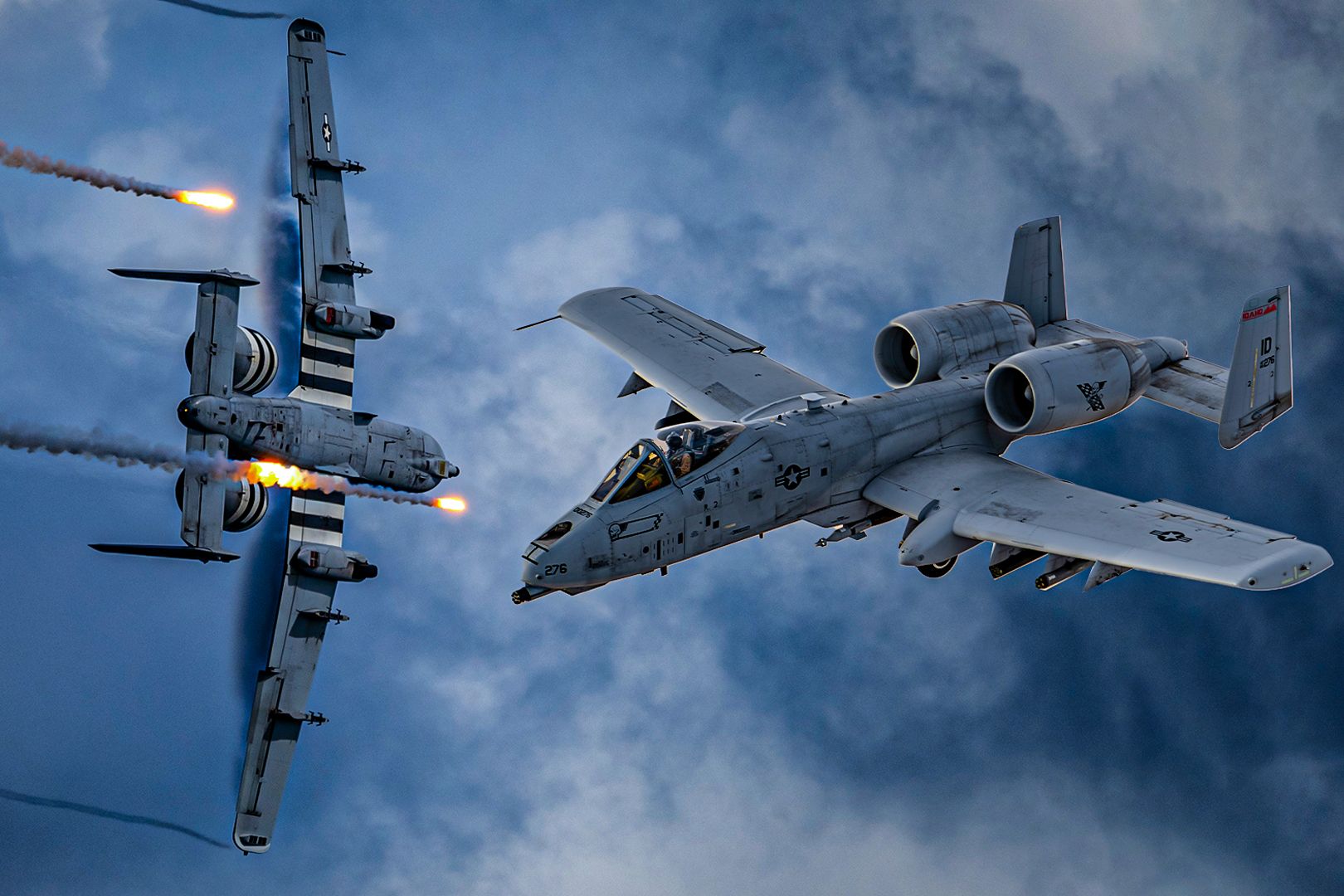
Related
How Maneuverable Is The A-10 Warthog?
The A-10 Warthog is renowned for its massive cannon, but how well can it maneuver?
Can’t out-run, can’t out-turn
Moreover, no aircraft can outmaneuver modern air-to-air missiles (the 2001 movie Behind Enemy Lines notwithstanding). Modern missiles create a so-called No-Escape Zone within which the aircraft has little chance of avoiding the impact.
One of the best air-to-air missiles used by Western air forces today is the European MBDA Meteor. It has a Ramjet engine and a 200 km (125 miles) range and is considered significantly better than the AMRAAM (MBDA claims it has a “Large No Escape Zone – several times that of current MRAAM”). This missile can outrun and out-turn aircraft and has the endurance to just keep going. The good news is, once a Meteor is homing within 45 km or 25 miles, there are still one way to avoid being hit – eject.
Photo: MBDA
|
MBDA Meteor Air-to-Air Missile |
|
|---|---|
|
Propulsion: |
Ramjet |
|
Weight: |
190 kg (418 lbs) |
|
No Escape Zone: |
60 km (37 miles) largest of any air-to-air missile |
|
Range: |
200 km (125 miles) |
|
Speed: |
Mach 4 |
Focusing on guns and maneuverability for a dogfight could be something like focusing on martial arts and knife-throwing in preparation for a gunfight. Could it work and come in handy in specific scenarios? Possibly. But it’s probably better to focus on sharpshooting.
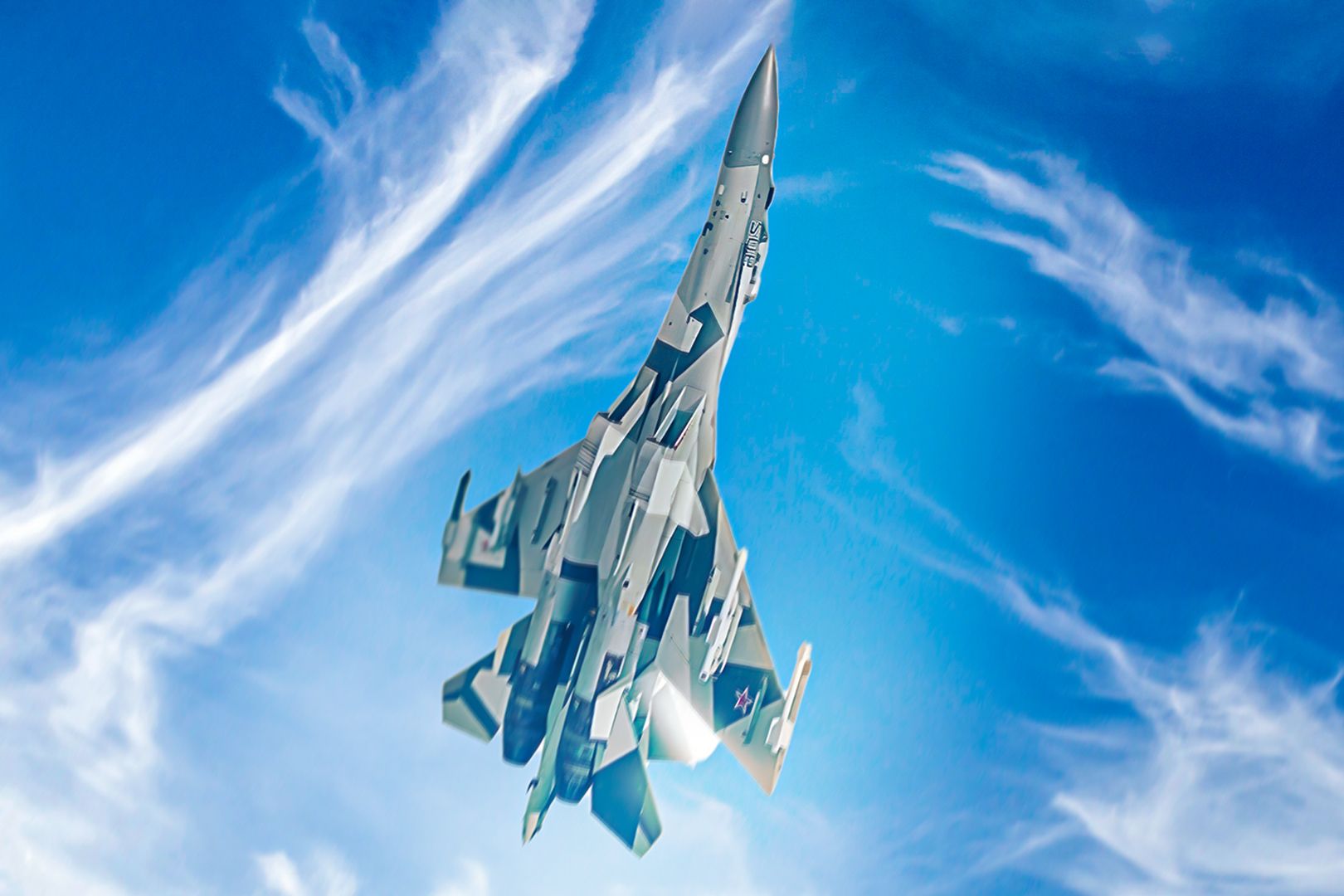
Related
Airshow Aerobatics: Incredible Fighter Jet Maneuvers Named & Explained
Maneuvers that somehow defy the laws of physics and gravity excite crowds at airshows around the world.
The Russian question
It is generally accepted that Russian aircraft have inferior stealth and inferior avionics compared to their Western fighter jet counterparts. But what the Russian jets do have is good old-fashioned nostalgic speed and maneuverability (and Cobra Maneuvers). The talk about maneuverability and dogfights online often stems from those who have a fascination for Russian jets.
|
Notable maneuverable fighter jets: |
|
|---|---|
|
F-22 Raptor: |
G limit +9.0 / −3.0 |
|
MiG-35: |
G limit +9.0 / −3.0 |
|
Su-35: |
G limit +9.0 / −3.0 |
|
Eurofighter Typhoon: |
G limit +9.0 / −3.0 |
|
F-35 Lightning II |
G limit +9.0 |
Sometimes, maneuverability is discussed directly from Russian sources, such as Top War, which states, “A promising aircraft must be distinguished by super-maneuverability.”
Russian aerobatic performances like the Cobra Maneuver (performed by the MiG-29 and Su-27) are awesome and jaw-dropping to watch, but in combat, it is little more than turning to face the firing squad with one’s armies stretched out gazing up at the sky, saying goodbye.
However, the talk about the Russian jet’s super maneuverability and the West’s superior stealth and avionics should not be taken to the absurd conclusion that Russian jets are not lethal, capable, and a major threat to Western air forces. That said, the Russian Air Force has failed to suppress the much smaller Ukrainian Air Force and establish air superiority over the country after over two years of fighting.
Photo: US Navy
A fighter jet’s performance in battle is influenced by a large number of things. Pilot training, stealth, surprise, AWACs or other intelligence-sharing systems, the aircraft’s radar and sensors, the aircraft’s armament, and other factors are all very important. In all this, maneuverability and speed are still important factors – just not the decisive factors they were in the Battle of Britain.
